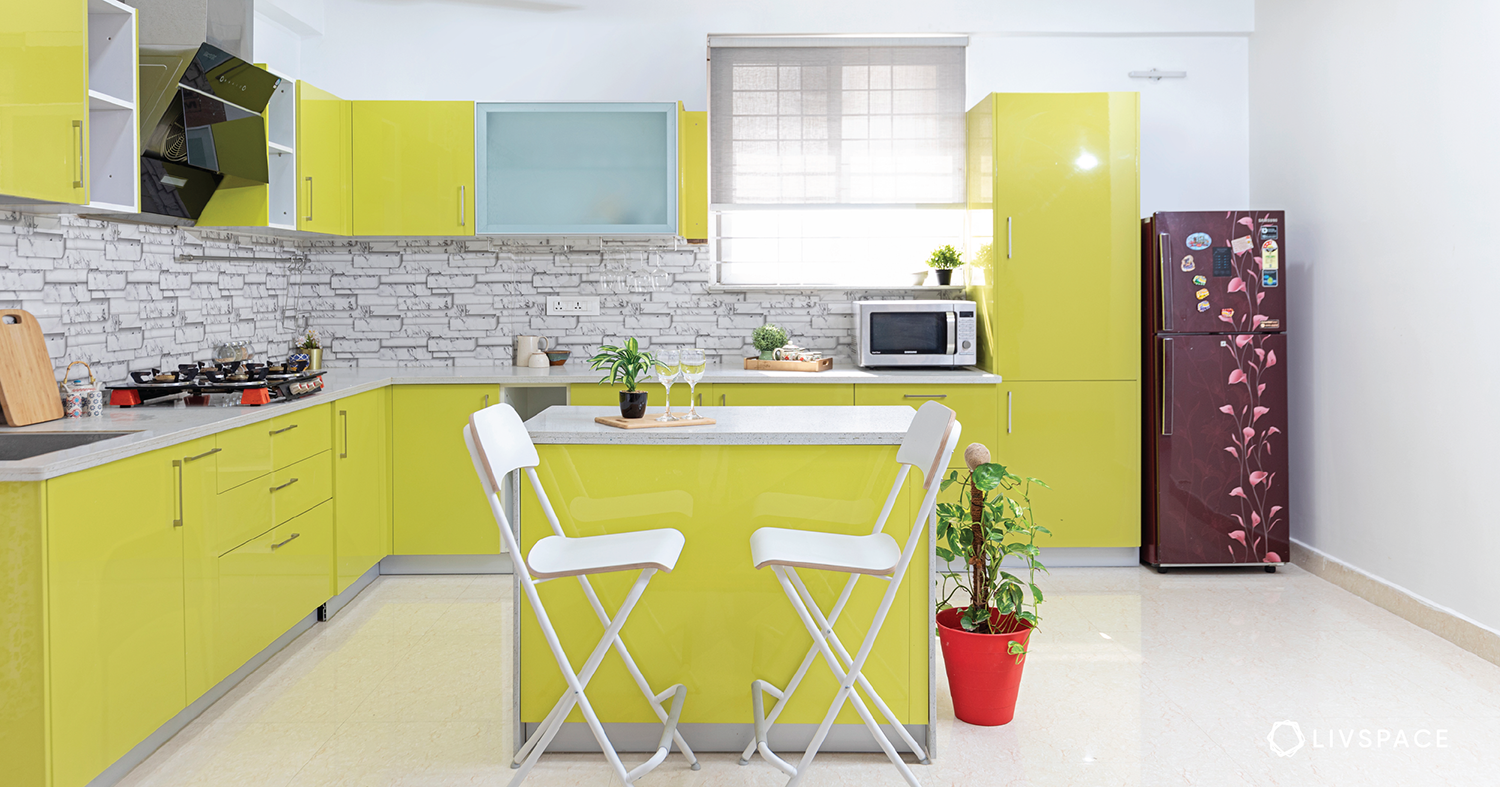Designing and constructing a modular kitchen involves several steps to ensure functionality, aesthetics, and efficiency. Here’s a detailed description of the process:
- Initial Consultation: The process typically starts with an initial consultation between the client and the design team. During this meeting, the client discusses their requirements, preferences, budget, and any specific design elements they have in mind for their modular kitchen.
![Kitchen Design: 350+ Modular Kitchen Design at Best Price in India [2024 Modular Kitchens Ideas]](https://images.woodenstreet.de/image/data/modular%20kitchen/10.jpg)
- Space Assessment and Measurement: After the initial consultation, the design team visits the site to assess the available space for the kitchen. Accurate measurements are taken to ensure that the modular units fit perfectly within the designated area.
- Conceptualization and Design Development: Based on the client’s preferences and the space available, the design team develops conceptual sketches and layouts for the modular kitchen. This stage involves considering factors such as workflow, storage needs, appliance placement, and aesthetic appeal.
- Material Selection: Once the design concept is finalized, the next step is to select the materials for the modular kitchen. This includes choosing the type of cabinetry, countertops, backsplash, flooring, and hardware. The materials are selected based on factors such as durability, maintenance requirements, and design aesthetics.
- Customization and Configuration: Modular kitchens are highly customizable, allowing clients to tailor the design to their specific needs. The design team works closely with the client to finalize the configuration of the modular units, including the layout of cabinets, drawers, shelves, and specialized storage solutions such as pull-out pantry units and corner carousels.

- Manufacturing and Assembly: Once the design and materials are finalized, the modular kitchen components are manufactured off-site in a factory-controlled environment. This ensures precision and quality control. The components are then delivered to the site for assembly.
- Installation and Finishing: The installation process involves assembling the modular units on-site according to the finalized design layout. This includes installing cabinets, countertops, appliances, sinks, faucets, and other fixtures. Finishing touches such as lighting, trim work, and hardware installation are also completed during this stage.
- Quality Assurance and Testing: After the installation is complete, the design team conducts a thorough quality assurance inspection to ensure that all components are properly installed and functioning correctly. Any necessary adjustments or corrections are made at this stage to ensure the kitchen meets the client’s expectations.
- Handover and Client Satisfaction: Once the modular kitchen is fully installed and inspected, the design team conducts a final walkthrough with the client to ensure their satisfaction. Any remaining concerns or issues are addressed, and the client is provided with care instructions for maintaining their new kitchen.